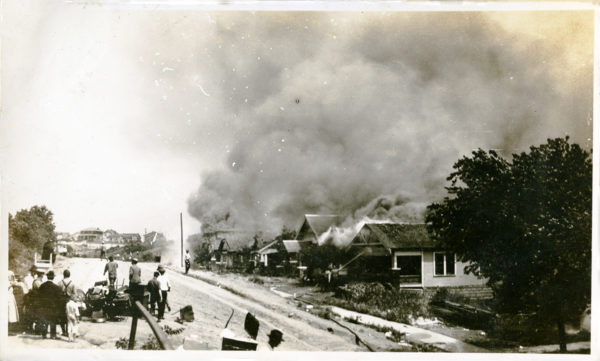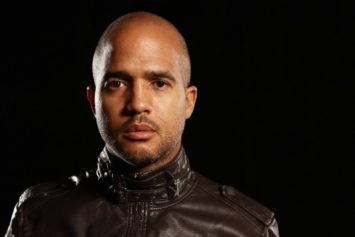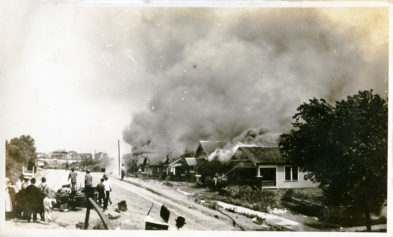After 100 years, Oklahomans who lost relatives in the historic Tulsa Race Massacre of 1921, may finally receive closure surrounding the deaths of those killed in the riot. The city is attempting to identify some of those family members by running DNA tests on 14 bodies discovered last year.

Starting on Wednesday, Oct. 26, the remains of 14 people believed to be native Tulsa, Oklahoma, citizens began being exhumed from a local cemetery. This is the second time 14 of 19 bodies taken from the city’s Oaklawn Cemetery a year ago will be exhumed, The Associated Press reports.
Those 14 sets of the remains are being sent to Salt Lake City, Utah, where scientists at Intermountain Forensics will try to identify them through DNA analysis.
According to Danny Hellwig, the director of laboratory development for Intermountain, the forensicists have discovered that two sets have enough DNA that can be used to begin sequencing and will attempt in a week to develop a genealogy profile for those two remains.
While completing this work on the two could take weeks, the process of matching the remains with relatives could take years.
After the testing is done, some of the remains will be reburied at Oaklawn for a third time.
Hellwig also said there was a substantial amount of DNA degradation after 100 years.
“These samples are very … degraded,” Hellwig told AP. “There are samples that are very light right now on DNA, some that are semi-viable, some that are just on the threshold” of being viable.”
Now, Intermountain Forensics is looking for those who believe they are descendants of massacre victims. Once those people are identified, they will be asked to submit genetic material to help the researchers connect possible victims with their relatives.
More excavations are set to start in areas south and west of the site of previous digging in 2020 and 2021. Forensic anthropologist Phoebe Stubblefield told AP the team will be searching for 18 bodies of individuals buried with gunshot wounds. The team has evidence of their existence that documents the people were buried in plain caskets and were male.
Unfortunately, out of all the remains recovered in these previous excavations, none of them have been confirmed to be victims of the Black Wall Street massacre. Still, the search continues for the 75 to 300 people believed to have been murdered in 1921 during this stain on American history.
Black Wall Street, a term dubbed by Booker T. Washington, was a prosperous district in the Greenwood section of Tulsa, where African Americans thrived. Less than 60 years after the official end of slavery, this Black community was a model of economic development and promise.
According to Investopedia, people built their wealth by investing in the education of their children and requiring them to come back and build up the community.
“Greenwood’s Black business district thrived, mainly because residents fed their purchasing dollars back into the local economy while earning their incomes from White employers,” author Shomari Wills described in his book “Black Fortunes: The Story of the First Six African Americans Who Escaped Slavery and Became Millionaires.”
“This was possible because the migration of oilmen to Tulsa created a spike in demand for domestic help, which enabled Black residents to attain high-paying labor jobs as maids, chauffeurs, gardeners, janitors, shoe shiners, and porters.”
“These workers often earned enough money to send their children to universities like Columbia Law School, Oberlin College, the Hampton Institute, the Tuskegee Institute, Spelman College, and Atlanta University, which positioned them to secure white-collar jobs after graduation,” Wills’ study revealed.
After the children returned and built businesses in their hometown, the citizens of Greenwood kept their dollars circulating in the tight-knit community 36 to 100 times, with a single dollar moving inside of the city for almost a year before leaving the Black community.
The devastation of this community, the killing of family members and the burning of businesses, in 1921 crippled the community.
In May of 2022, an Oklahoma judge sided with the descendants and three survivors (all over 100) of the Tulsa Race Massacre in a challenge for reparations filed against the Board of County Commissioners, Tulsa Metropolitan Area Planning Commission, and Tulsa County Sheriff.
A lawsuit for reparation is going forward despite a 2004 ruling from U.S. District Court Judge James O. Ellison that victims could not receive reparations because the massacre happened too long ago.

